Estimated reading time: 8 minutes
Dogs often headbutt their owners as a way to communicate various needs or emotions. Common reasons for headbutting include showing affection, seeking attention, marking territory, expressing comfort or trust, signaling playfulness, and communicating stress or specific needs.
Ever been headbutted by your pet in a lovingly abrupt way? While it can be cute and heartwarming, many dog owners wonder, “Why does my dog headbutt me?”
Read on to discover what your dog is trying to communicate through these dog headbutts.
Understanding Dog Behaviors
Firstly, let’s talk about dog behaviors. Dogs use a range of actions to express themselves. From a wagging tail, a lifted paw, or a headbutt, each act of a dog holds a unique message.
Dogs are social creatures, their behavior is often centered around communicating with others, be it their fellow pets or their beloved humans. When a dog chooses to headbutt, it’s no accident. It’s a deliberate act, chosen for a reason.
Reasons Why Your Dog Headbutts
Headbutting in dogs can be attributed to a variety of reasons. Each reason carries unique features, contexts, and solutions. Below are some explanations that may help you understand why your dog is headbutting you:
Your Dog is Showing Affection
Dogs are social creatures, much like humans. They exhibit a range of emotions, and affection is a dominant one. A dog headbutt can be a tender moment between you and your pet, a unique way your dog shows love.
If your dog is headbutting you gently, accompanied by a wagging tail and relaxed body, they might just be saying, “I love you.”
Seeking Your Attention
Dogs also have their ways of communicating needs. If your dog headbutts you and then stares at you intently or goes towards their leash or the door, he could be saying he’s bored and your dog wants to play or go for a walk. Make sure to spend quality time with your dog to keep them happy and well-exercised.
Marking His Territory
Dogs are territorial creatures. They mark their territory to communicate to other animals that a particular area or, in this case, a person is theirs. Dogs have sweat glands in their heads. When they headbutt, they’re leaving behind their scent, marking you as part of their territory.
Expressing Comfort or Trust
Your dog headbutting you can be a signal that they trust you and are comfortable around you. This behavior is more common in dogs that have formed a strong bond with their owners. It’s a big trust signal in the dog world and a sign that your dog sees you as part of their pack.
A Sign of Playfulness
Dogs often use physical contact as a way of engaging in play. If your dog headbutts you, then bounces around or presents a toy, they’re likely inviting you to a game. Play is an important aspect of a dog’s life, contributing to their physical health and mental stimulation.
Anxiety or Stress
Just as dogs can show happiness and contentment, they can also express stress and anxiety. If your dog starts headbutting you, particularly in unfamiliar environments or during stressful situations (like a thunderstorm or a visit to the vet), they might be seeking comfort.
Communication of Needs
In some cases, a dog may headbutt you to communicate specific needs. If they headbutt and then move towards their food bowl or water dish, it’s likely a signal that they’re hungry or thirsty. Always ensure your pet has access to fresh water and stick to regular feeding schedules to keep them satisfied.
Health issues
While most headbutting is normal behavior for dogs, in some cases, it could indicate a health issue. If your dog suddenly starts headbutting or if the behavior seems compulsive, this could be a sign of an underlying problem, such as a neurological condition.
In such cases, it is advisable to consult with a vet immediately.
Comparing Headbutting to Other Dog Behaviors
Dogs have a complex repertoire of behaviors to express themselves. Understanding these behaviors in comparison to headbutting can help deepen your connection with your furry friend.
Differences between headbutting and nuzzling
Dogs nuzzle and headbutt as part of their social behavior, but these two actions carry different meanings. A nuzzle, where your dog gently pushes their nose or head into you, is typically a softer, more affectionate interaction. It’s your dog’s way of getting close to you, showing affection, and even seeking comfort.
On the other hand, a headbutt, which involves a more forceful push with the head, can signal a variety of messages from a desire for attention to marking territory.
Comparison of headbutting to other forms of communication
Dogs use a variety of sounds and physical gestures to communicate with humans and other animals. For instance, barking can indicate anything from excitement to fear, a growl can signal playfulness or aggression, while a wagging tail might mean happiness or excitement.
Similarly, headbutting carries multiple meanings based on context and can range from a sign of affection to a call for attention. The key to understanding these behaviors is paying attention to your dog’s body language, the surrounding context, and the frequency of these behaviors.
Interplay of headbutting with other dog behaviors
Headbutting often does not occur in isolation. It could be coupled with other behaviors like whining, pawing, or circling. For instance, a dog might headbutt you and then start pacing around the room, indicating they need to go outside.
Alternatively, they could headbutt you and then bring you their favorite toy, signaling they’re in a playful mood. Recognizing these patterns can help you understand your dog’s needs and wants better.
Why Does My Dog Headbutt His Food Bowl?
Dogs can engage in some interesting behavior around their food bowls. Headbutting their bowl is one such behavior, and it can be interpreted in a few different ways.
Expressing Excitement or Impatience
Dogs may get excited or impatient at meal times, especially if they’re particularly hungry or if the meal is a favorite. A dog might headbutt his food bowl in anticipation of food, similar to how a human might drum their fingers on a table when waiting for a meal.
Trying to “Bury” Their Food
Some dogs engage in a behavior called “food caching,” which is a holdover from their ancestors’ behavior. In the wild, dogs would bury excess food to hide it from other animals and save it for later.
If your dog is headbutting their food bowl around mealtime, they might be trying to “bury” their food for later, even if they’re doing it on your kitchen floor!
Indicating a Problem With the Food or Bowl
If your dog is headbutting their food bowl, it could be their way of telling you there’s something wrong. Maybe the food is too hot, cold, or just not to their liking.
Alternatively, the bowl might be uncomfortable to eat from. It could be too high, too low, or it might move around too much.
Manifestation of Health Issues
While less common, compulsive behavior like constantly headbutting the food bowl can indicate health issues, including neurological conditions or discomfort due to dental problems.
If your dog has never shown this behavior and suddenly starts headbutting their food bowl frequently, it would be a good idea to consult with a vet.
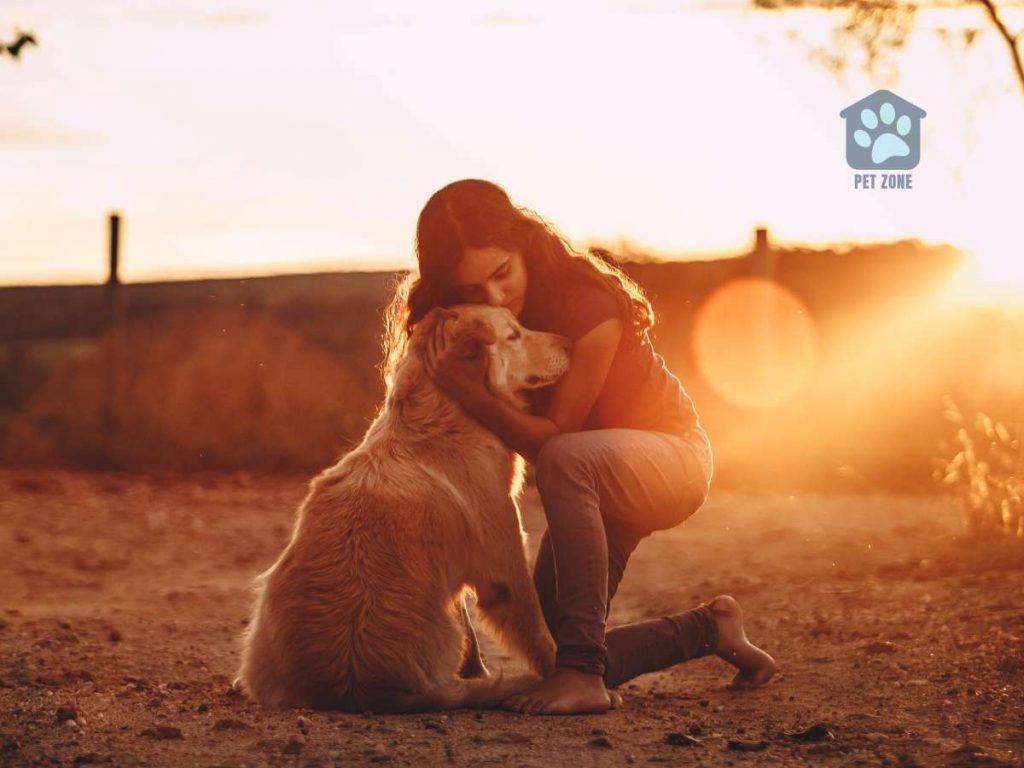
How to Respond When Your Dog is Headbutting
The key to a great relationship with your dog is understanding their signals and responding appropriately. Here’s how you can react when your dog headbutts you.
Appropriate responses
If your dog is headbutting you out of affection, you might choose to return the gesture with a pat or a cuddle. If they’re asking for attention, consider whether it’s time for a walk, a game, or just a bit of quality time with your dog.
If your dog is trying to communicate a need such as hunger or thirst, make sure to attend to their needs promptly.
When to reinforce the behavior, and when to discourage it
If your dog headbutts gently and you find it endearing, you can reinforce the behavior with a positive response like petting your dog or verbal praise.
However, if the headbutting is forceful or becomes a way for your dog to demand things, you might need to stop your dog from headbutting. You can do this by not responding or by diverting your dog’s attention to something else.
How to communicate effectively with your dog in response
Communication goes both ways. If you notice that your dog keeps headbutting for attention, it might be a good idea to set specific playtimes and stick to them, so your pet knows when it’s time to play.
When to Seek Help for Dog Headbutting
Most instances of a dog headbutting are normal and not a cause for concern. However, there are times when it’s essential to seek professional advice.
Recognizing abnormal behavior
If your dog’s headbutting behavior seems excessive, is causing harm, or appears to be more of a compulsive act than a communicative one, this could signal a problem.
Similarly, if your dog starts headbutting suddenly and it doesn’t seem related to their usual behavior, it might be time to pay closer attention.
Consulting with a vet or professional dog trainer
Should the behavior continue despite your best efforts to manage it, it’s a good idea to consult a professional. A professional dog trainer can offer advice on how to redirect the behavior, while a vet or a dog behaviorist can rule out any potential medical causes and provide professional guidance.
Ensuring your dog’s well-being
At the end of the day, your dog’s well-being is paramount. Observing, understanding, and appropriately responding to their behavior is part of ensuring they’re happy and healthy.
Conclusion
In the end, a dog headbutt is usually a simple way for your pet to communicate with you. Whether they’re expressing affection, seeking attention, marking their territory, or indicating some other need or desire, understanding this unique behavior can greatly enhance your bond with your pet.
Just remember to pay attention to the context and other signs that accompany the headbutting. And don’t forget, if the behavior seems excessive or out of character for your pet, never hesitate to consult a professional.
By keeping a close eye on your pet’s behavior and seeking help when necessary, you can ensure that you have a healthy and happy relationship with your furry friend.
As an Amazon Associate I earn from qualifying purchases.
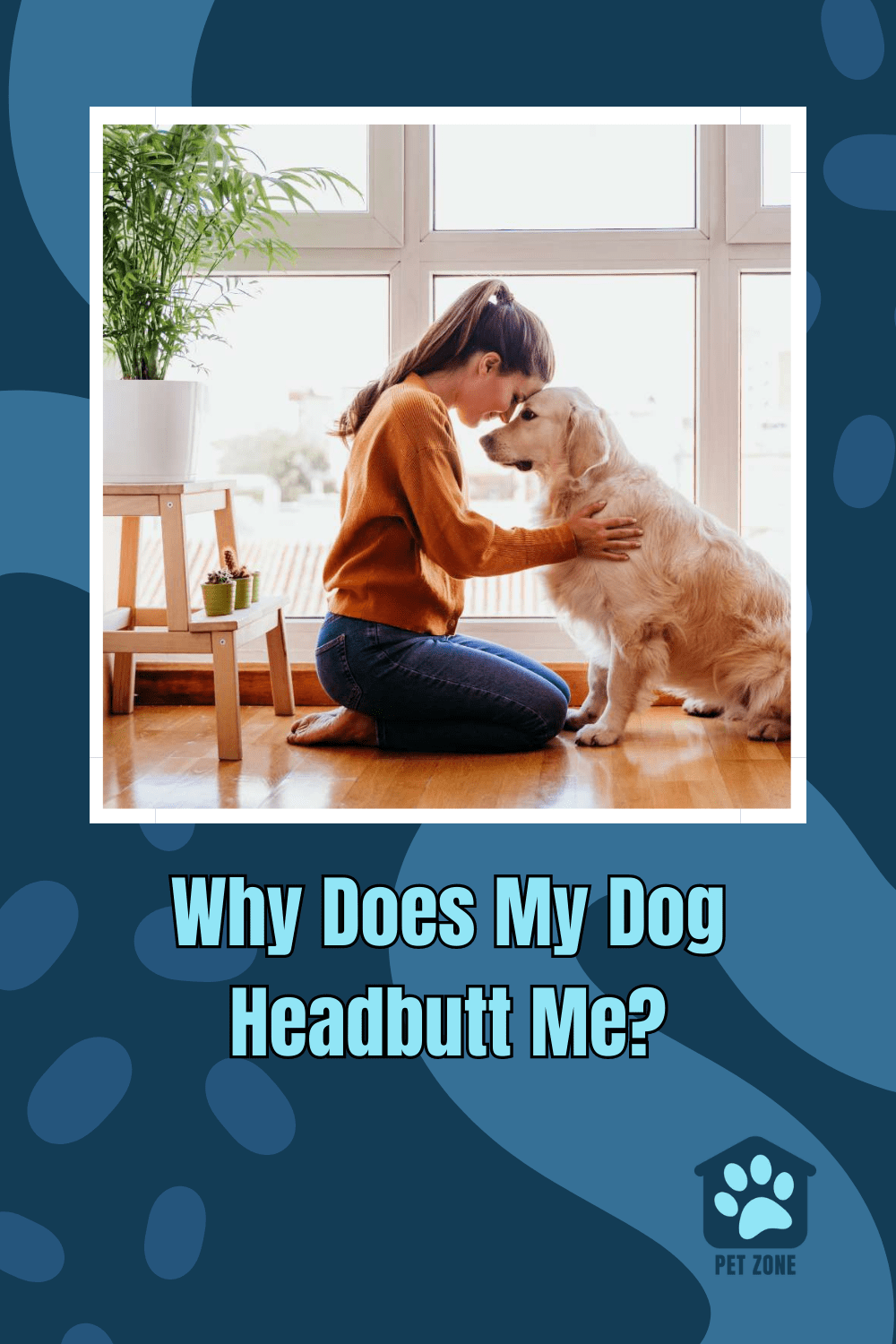


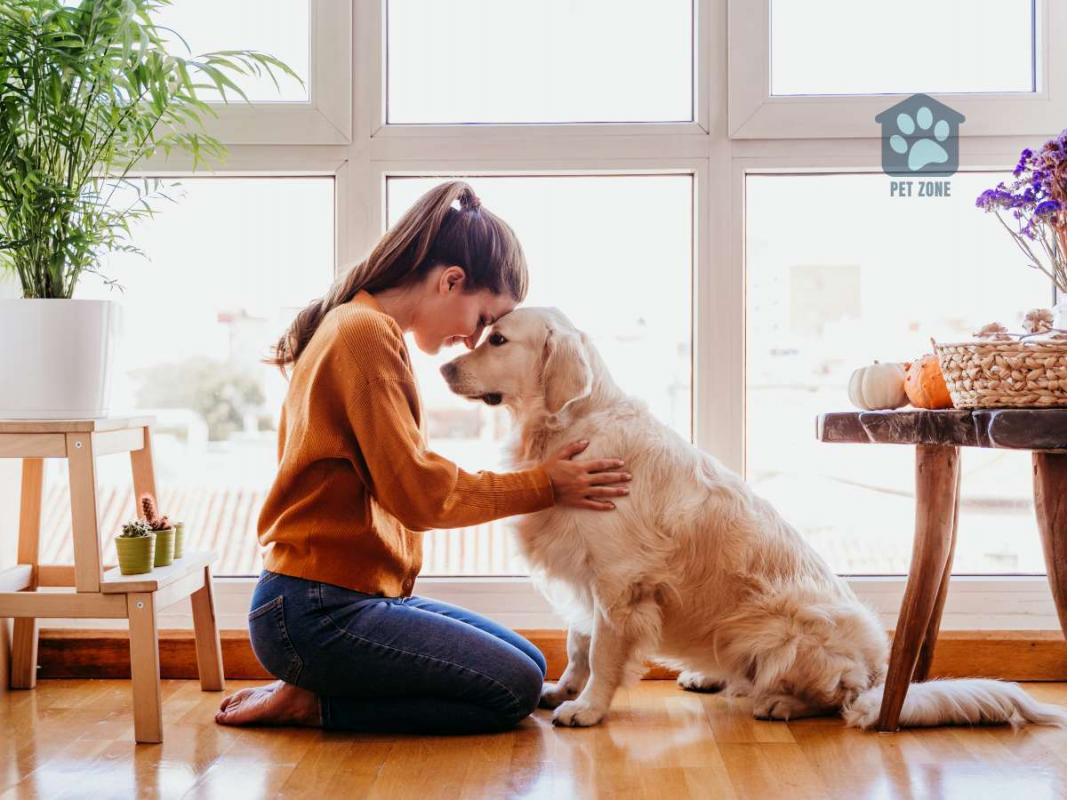

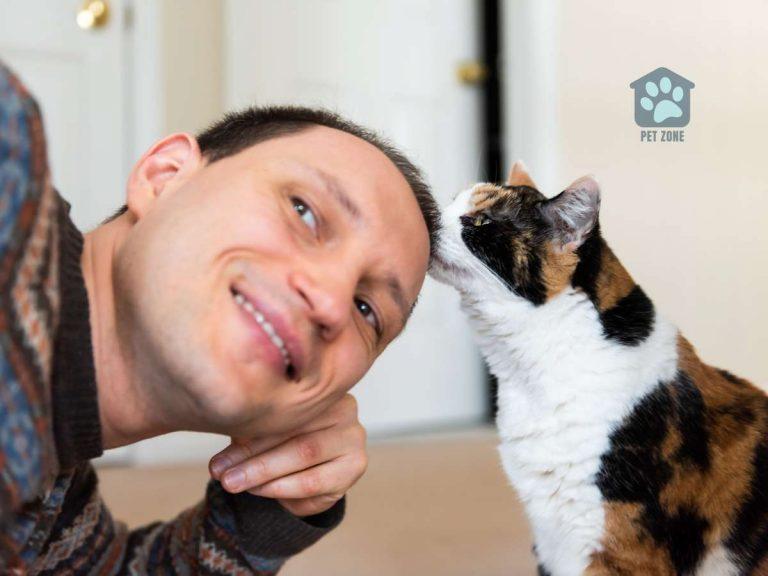
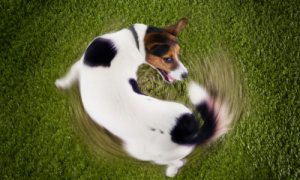
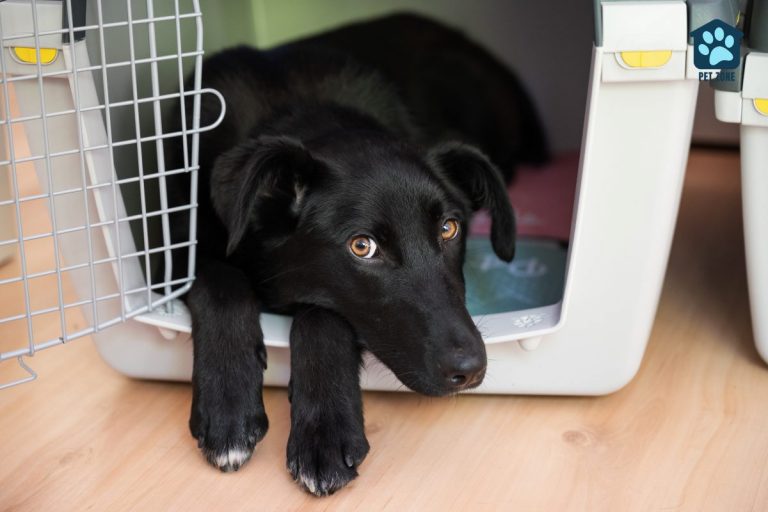
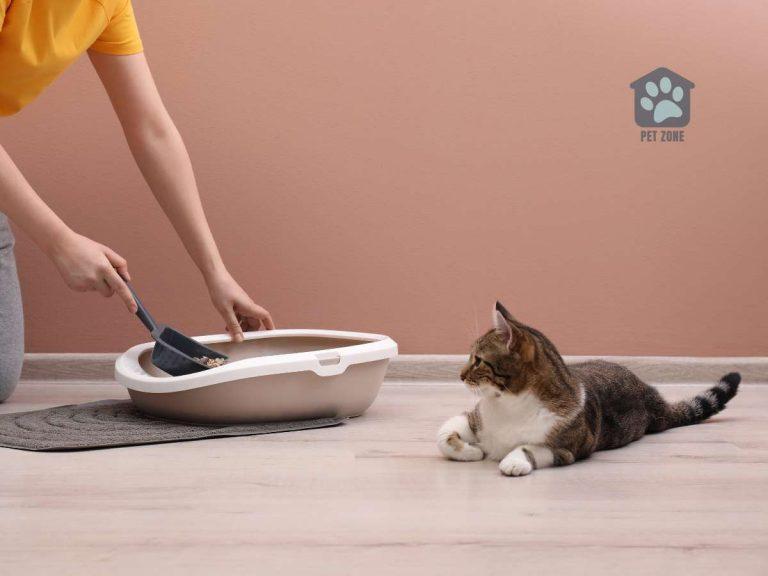
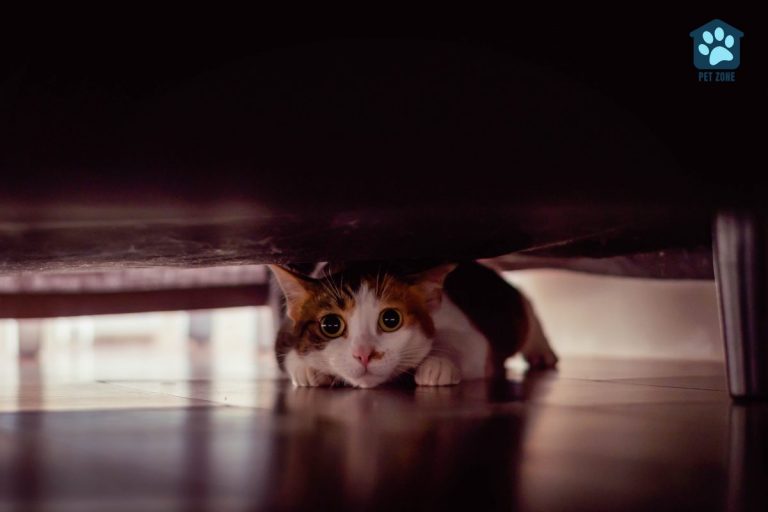
This was an interesting read and it explains a lot! I think my Yorkie does it to show affection.
My dog has ‘headbutted’ me since she was a pup – I thought it strange as my previous dog didn’t do this. Thanks for a comprehensive review on why our dogs do this. I will pay more attention to her next time she does this. I think it is mostly affection she is showing, but will make certain she doesn’t need anything.
Never thought of that! Very helpful and interesting to read. Thank you for sharing
This is really interesting! My dogs (one especially) has headbutted me numerous times lol mostly when playing but it’s always baffled me why he can run to me but not stop and ends up headbutting me, so this makes sense!